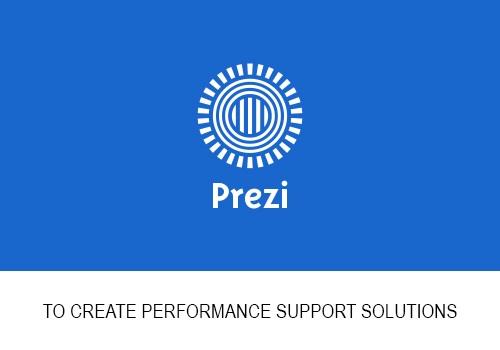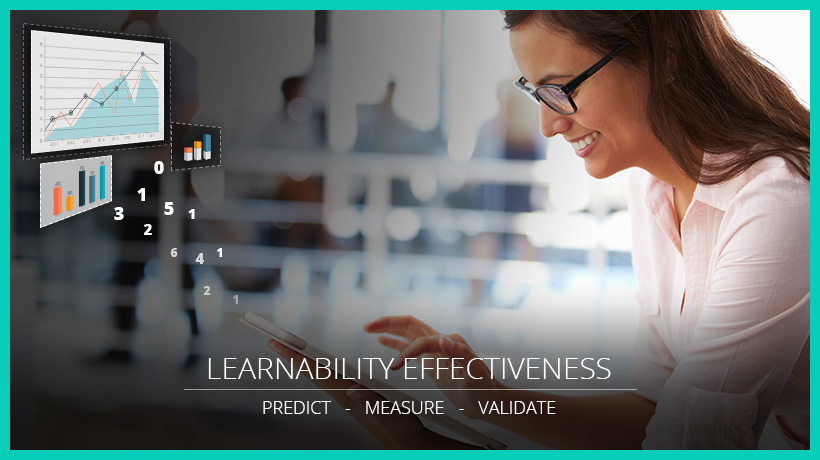
Psychological safety in the workplace is a significant factor in determining the likely success of a team. This article outlines eLearning strategies that will help you create psychological safety in the workplace and also enhance your Diversity, Equity, and Inclusion mandate.
What Is Psychological Safety in the Workplace?
Creating psychological safety in the workplace requires deliberate and consistent effort. Psychological safety is a sense that employees have that it’s not just OK but desirable for them to be their full selves at work. It means that employees feel safe to express their opinions, thoughts, and ideas without the fear of having made mistakes held against them and that mistakes won’t jeopardize their position or job. It also means employees feel safe to take reasonably calculated risks.
Why Does Psychological Safety Matter in the Workplace Now, and How Does It Improve DEI?
It’s well established that creating psychological safety in the workplace is the primary determination in the success of a team and company.
Many companies work to improve their diversity, equity, and inclusiveness training in hiring and promotion practices, erroneously assuming this will create a space for more diverse thinking. However, it’s not automatic.
Also, as more companies allow employees the choice of returning to the office or working remotely – a hybrid work model – it’s becoming even more important for leaders and training departments to focus on creating psychological safety in the workplace. The hybrid work model creates challenges many people almost unconsciously overcame when working together in face-to-face interactions.
According to a Gallup poll in 2017, only 3 in 10 employees reported that they experience psychological safety in the workplace. And now, more than ever, as companies embrace the hybrid work model, teams are becoming more diverse in:
- Geography
- Race
- Ethnicity
- Gender
- Sexual orientation.
- Background
- Family status.
Diverse teams that create psychological safety in the workplace are more likely to benefit because employees thrive, allowing them to:
- Be more innovative. They’re more likely to think outside the box, ask more than superficial questions, and take calculated risks.
- Be more productive. A diverse team in the hybrid work model is ideal for those who may otherwise be tied to home because of children or aging parents. Traditional office employees can reduce or fully eliminate time-consuming commutes.
- Remain working where they are, reducing overall turnover. This not only saves companies money by requiring less recruiting, hiring, and training but it also helps retain institutional knowledge and intellectual property.
- Safely and constructively disagree and find creative ways to find solutions.
What Are the Roadblocks When Creating Psychological Safety in the Workplace?
As leaders and L&D teams work to create psychological safety in the workplace, besides outdated and outmoded traditions, there are several roadblocks that get in the way.
First, some leaders and employees use public ridicule and embarrassment to bully team members and build themselves up. This creates two problems: one, an environment where the loudest voice in the room is the only one that’s heard, and two, those from less privileged stations are hesitant to speak up. Both results create a dearth of creativity and innovation. Leaders, if necessary, need to remember to reprimand and correct privately and praise publicly.
Second, some employees become vulnerable of being demoted or fired if they speak up or, even worse in some organizations, make a mistake without asking for permission first.
Additionally, when organizations foster or allow negative gossip and intimidation to seep into the culture, employees lose the ability to feel psychologically safe.
How Can eLearning Help Create Psychological Safety in the Workplace?
L&D teams have the unique position of creating psychological safety in the workplace. This can be done by building into your eLearning programs:
- Opportunities to apply, make mistakes, and receive feedback on principles included in the learning.
- Admit that the challenge exists when working in a diverse workplace and then continuing the conversation on how to overcome those challenges.
- Foster curiosity by offering opportunities to employees to ask questions and collaboratively resolve concerns.
- Create spaces for employees to gather without worrying about work issues, build relationships of trust, and come to shared understandings. Some companies have implemented the concept of virtual Fika sessions. Fika is a Swedish concept where employees gather for a few minutes to socialize and get to know each other over a beverage and snack.
What eLearning Strategies Can Help Create Psychological Safety in the Workplace?
The following eLearning strategies can be employed to create psychological safety in the workplace:
- Scenario based learning – Drawing on scenarios derived from current employees creates a space where employees can feel psychological safety in the workplace. They can identify with certain scenarios and see how other employees have dealt with similar situations.
- Gamification is an effective way to build trust among team members where they must work together to overcome more complex challenges progressively.
- Branching simulations can add to the complexity of scenario and gamified team learning solutions. These can be rich learning environments where teams can safely fail, start again, and test different decisions.
- Video based and interactive video learning as part of gamified learning can help create psychological safety in the workplace by increasing the engagement of participants, drawing them into DEI trainings in a low-stake environment.
- Microlearning can be used to frequently engage employees before, during, and after normal workday tasks, keeping the advantages of DEI trainings at the forefront of employees’ minds.
- Coaching and mentoring in a blended learning environment provides situations in which employees can receive feedback on their efforts and quickly iterate to improve.
Parting Thoughts
While it’s clear that DEI is vital to high-performing organizations, L&D teams can create opportunities for companies to create psychological safety in the workplace by leveraging the advantages that eLearning programs provide. Companies and individual teams need to engage with their L&D departments to actively incorporate effective practices to proactively create psychological safety in the workplace and corporate culture.
Learn how to leverage the eLearning Trends in 2022 and design high-impact L&D programs for the hybrid workforce.
Download our eBook, ‘eLearning Trends in 2022 – A Guide for Designing High-Impact L&D Programs for the Hybrid Workforce.’
Reference
- Herway, Jake. (2017). “How to Create a Culture of Psychological Safety.” Gallup, December 7, 2017. https://www.gallup.com/workplace/236198/create-culture-psychological-safety.aspx



